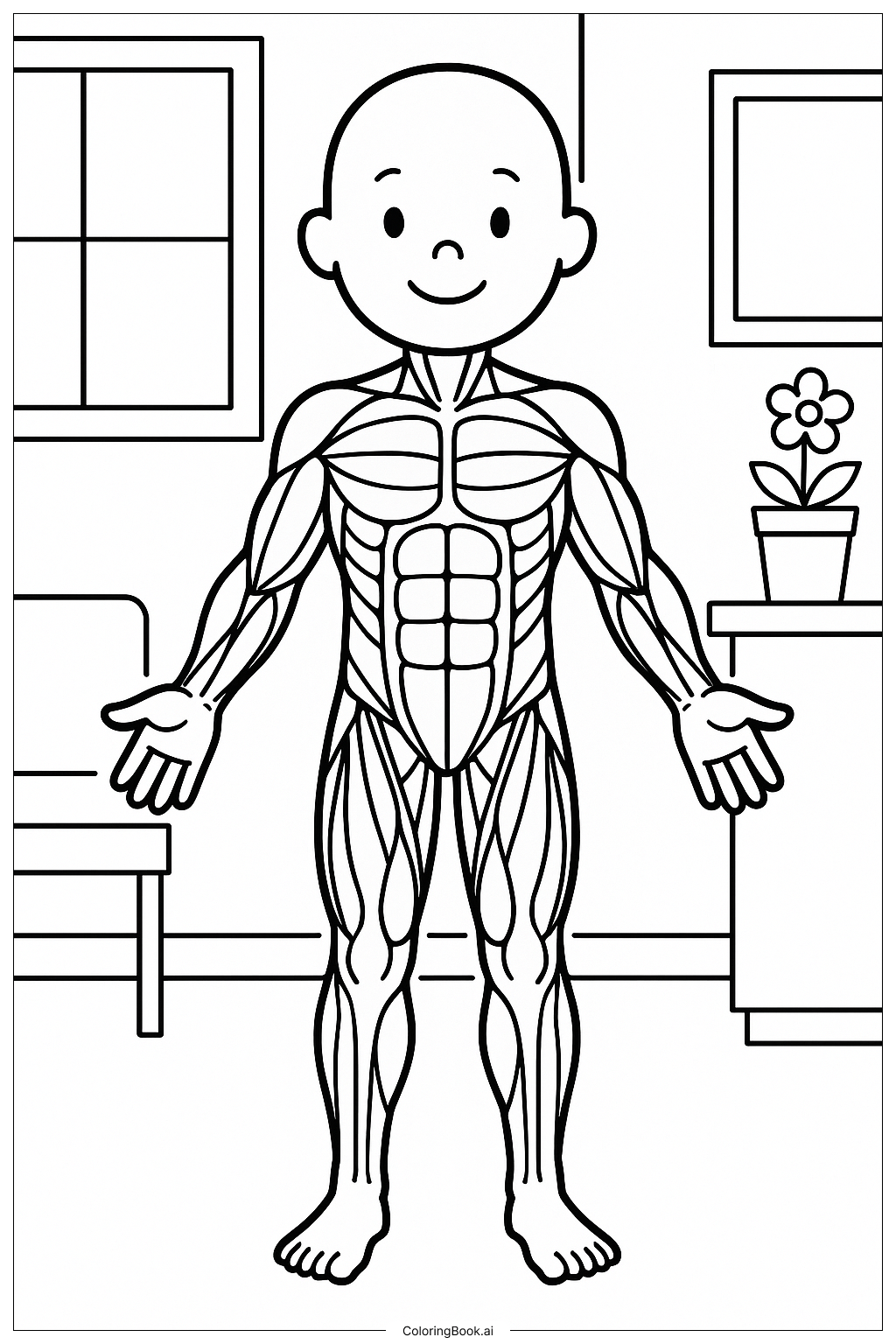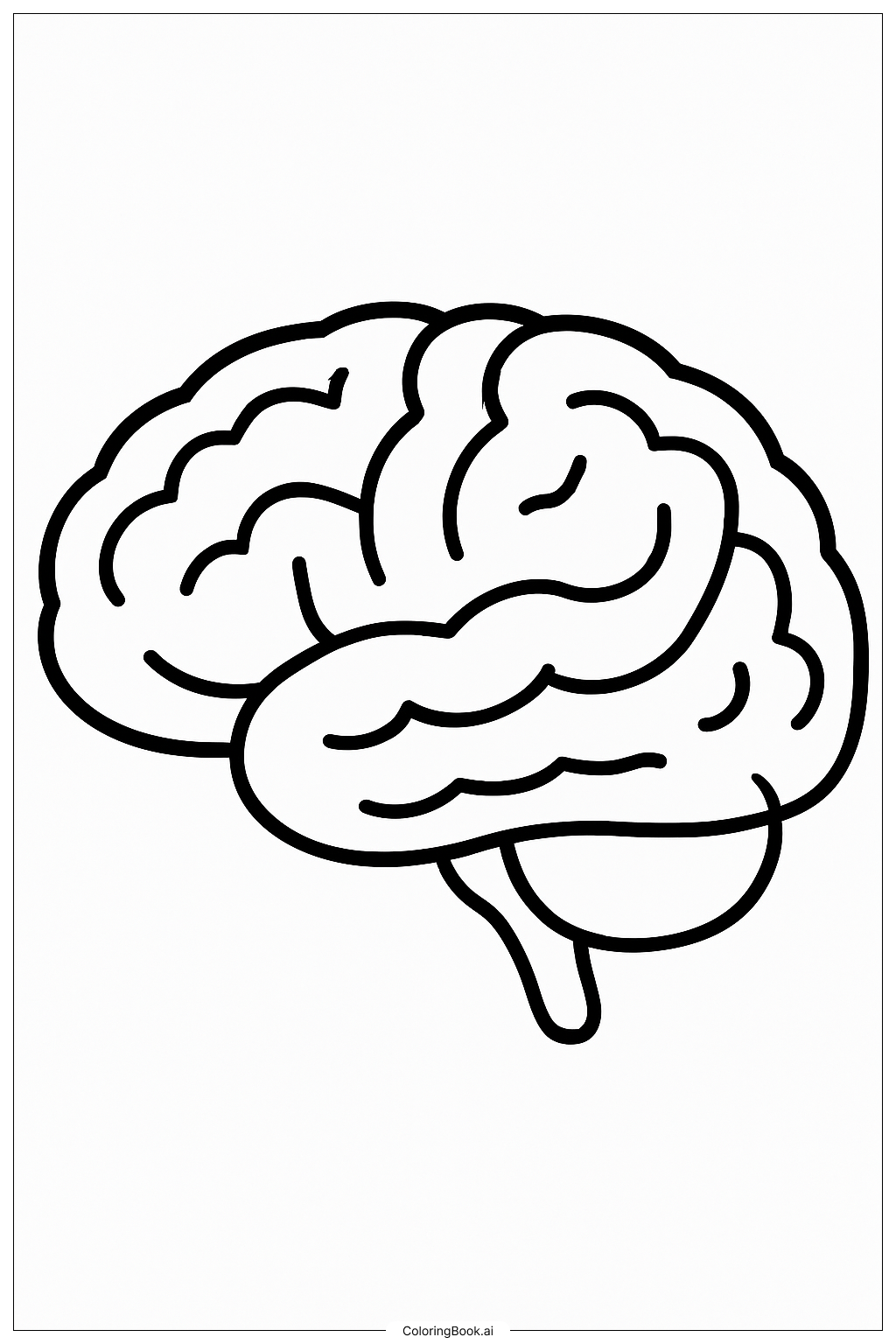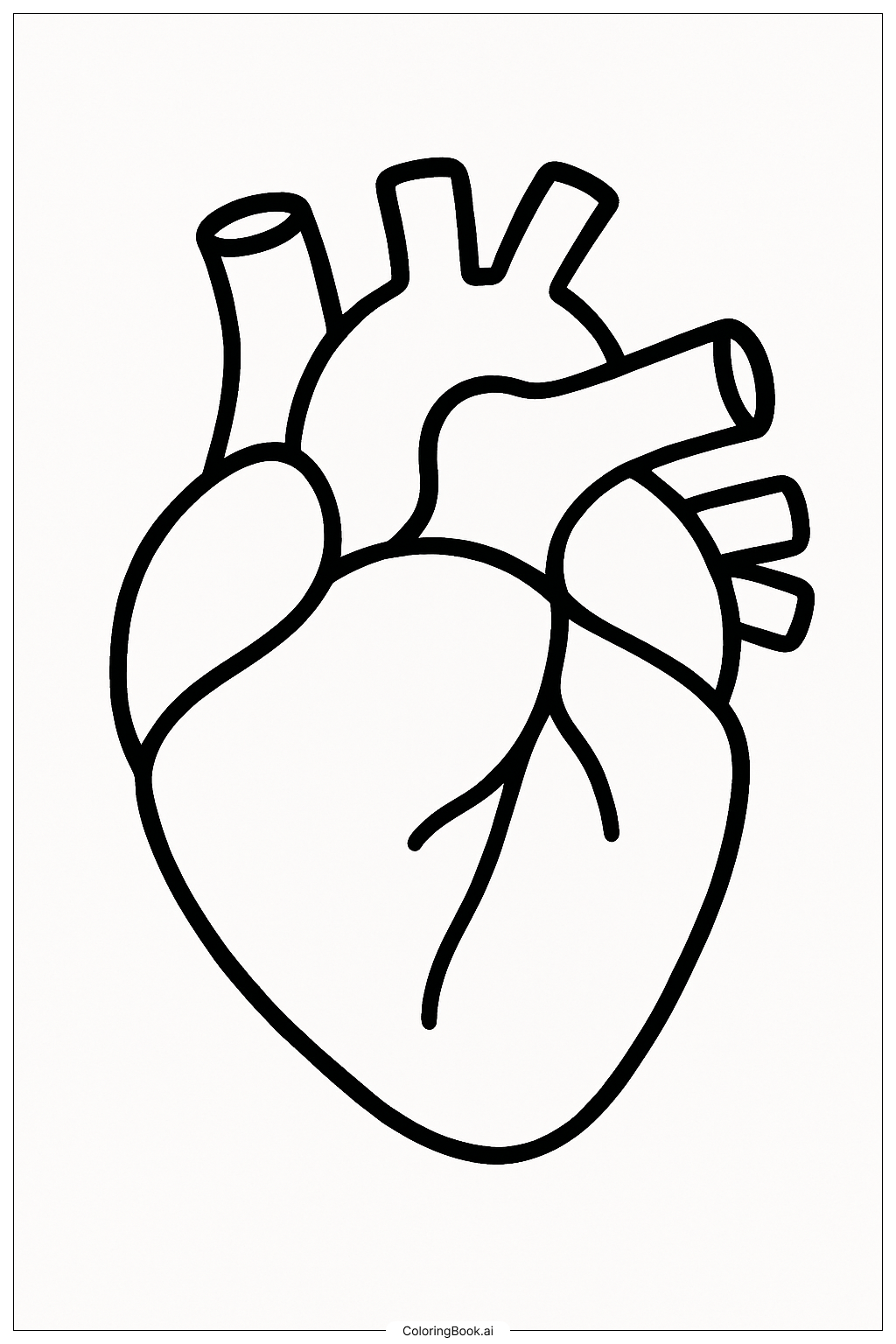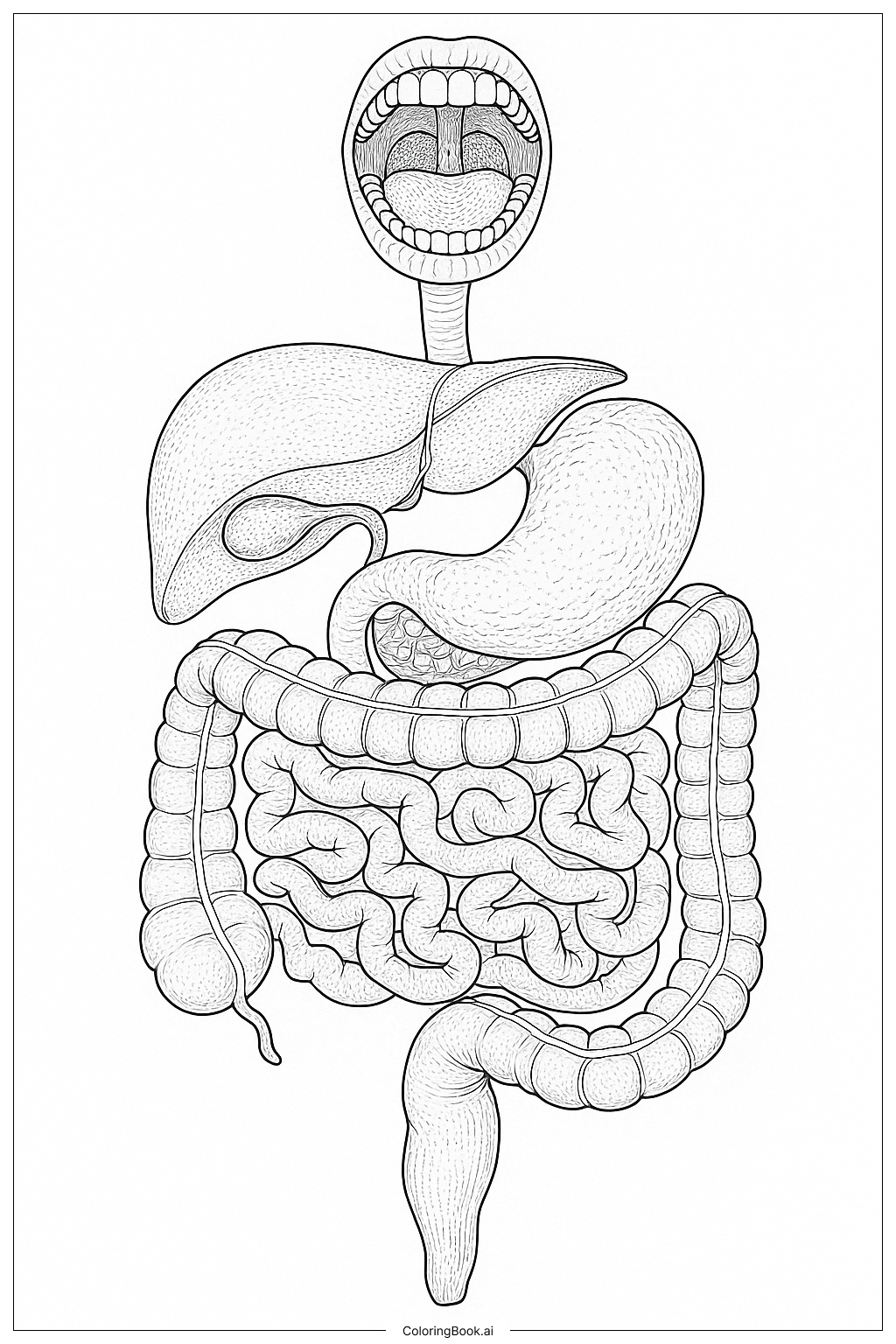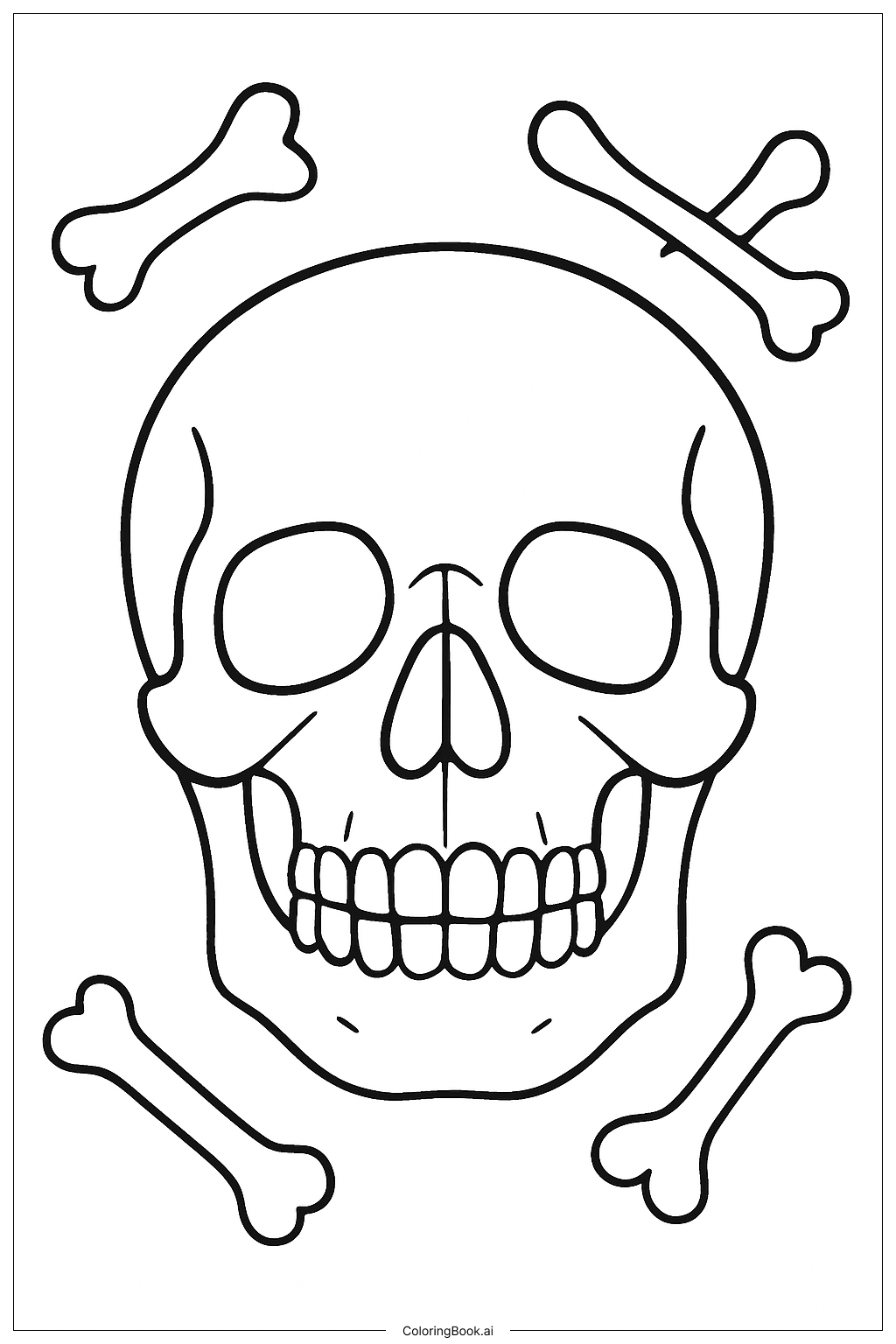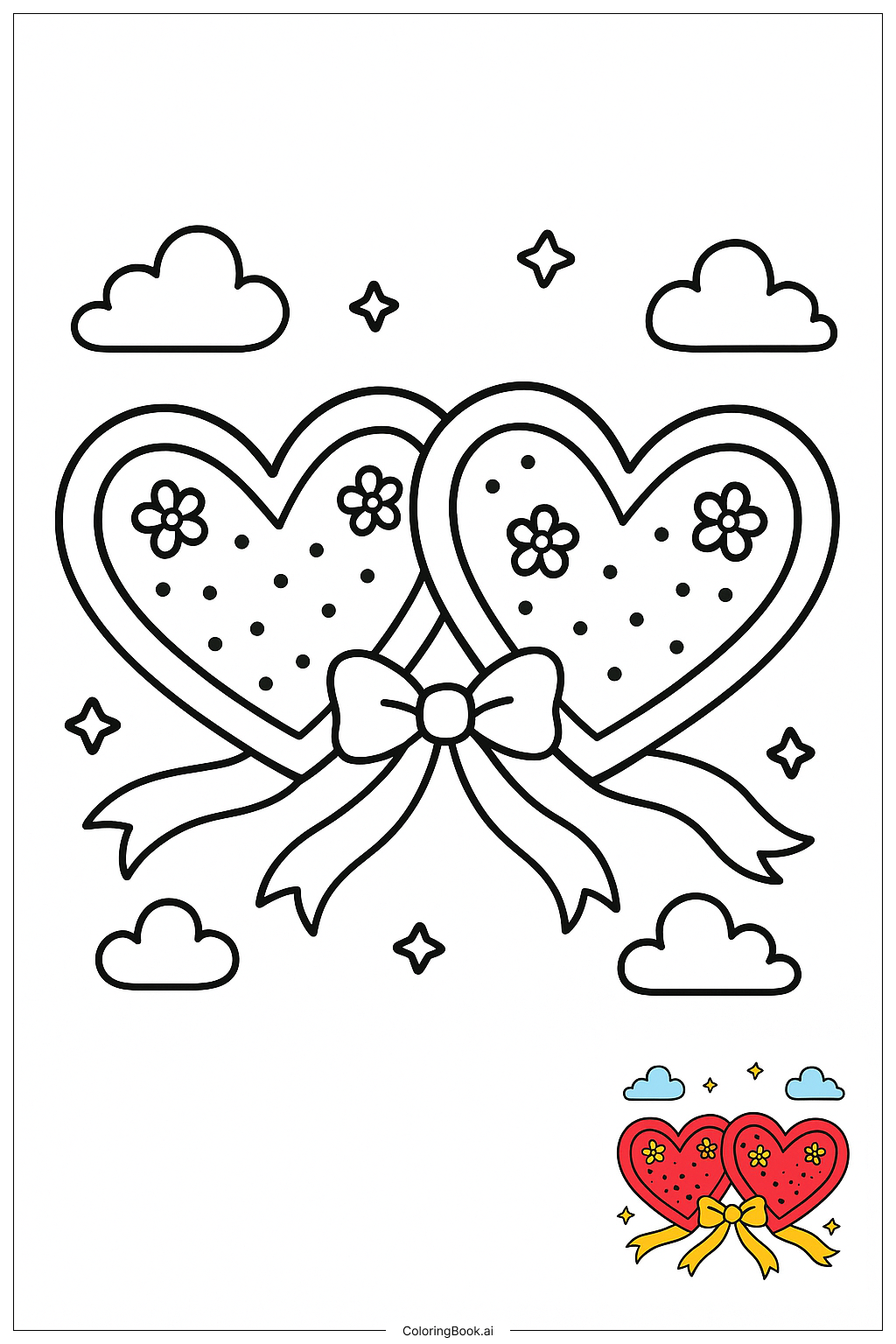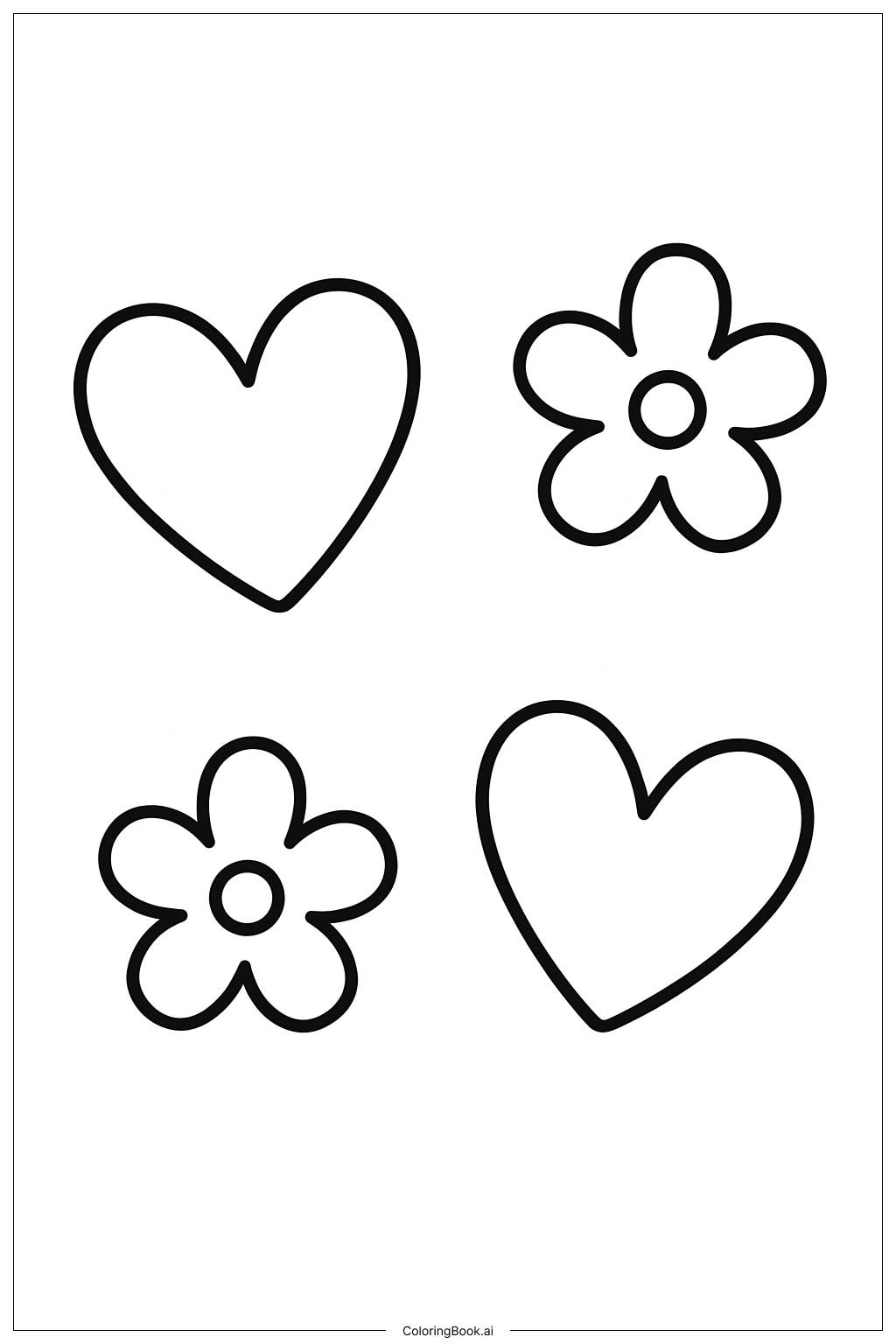Coloring tips: How to color Basic Muscular System Anatomy coloring page well?
Use different colors for different muscle groups to make them stand out. For example, color chest muscles red, arm muscles orange, leg muscles blue, and stomach muscles purple. You can use light shading to show muscle shapes. Color the background using soft colors like light blue for the walls and green for the plant. Use bright colors for the flower to make it lively. Keep the face simple and cheerful with natural skin tones. Avoid coloring inside the lines to keep the muscles clear and easy to see.
Coloring challenges: Which parts are difficult to color and need attention for Basic Muscular System Anatomy coloring page?
1. The many small muscle sections can be hard to color neatly without going outside the lines. 2. Understanding which muscles belong to which group might be confusing for young kids. 3. Coloring the detailed arm and leg muscles may require careful attention to shape and space. 4. Keeping the background colors soft while making the muscles bright enough to stand out can be tricky. 5. Balancing bright and natural colors in one picture may challenge color choices for children.
Benefits of coloring books: Advantages of drawing Basic Muscular System Anatomy coloring page
Coloring this muscle system picture helps kids learn about the human body and muscles. It improves hand-eye coordination as they try to stay within the lines. Coloring also enhances focus and patience while working on detailed muscles. It encourages creativity as kids pick colors and decide how to color groups of muscles. Learning anatomy through art makes studying fun and easier to remember. Overall, it supports fine motor skills and teaches basic science in an engaging way.
